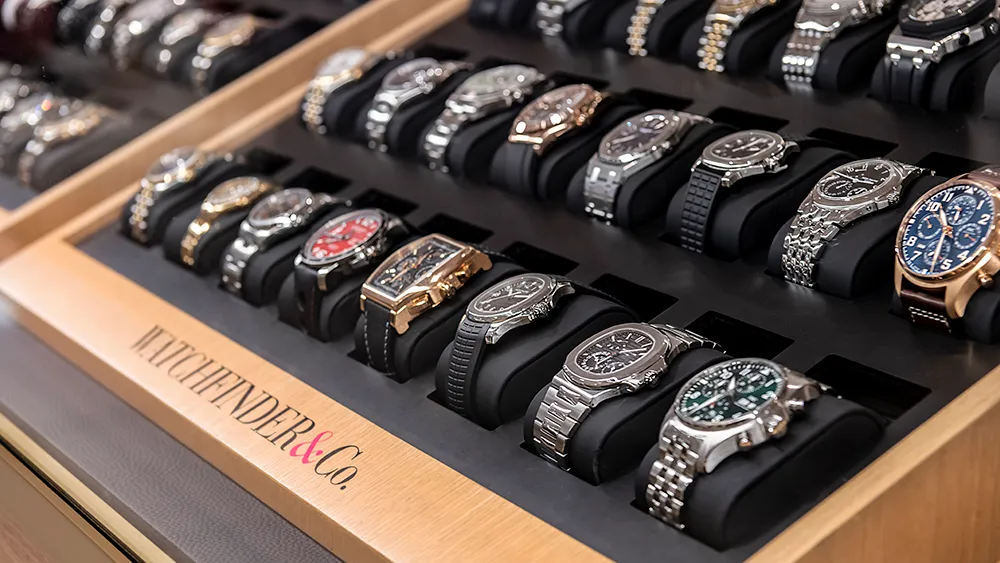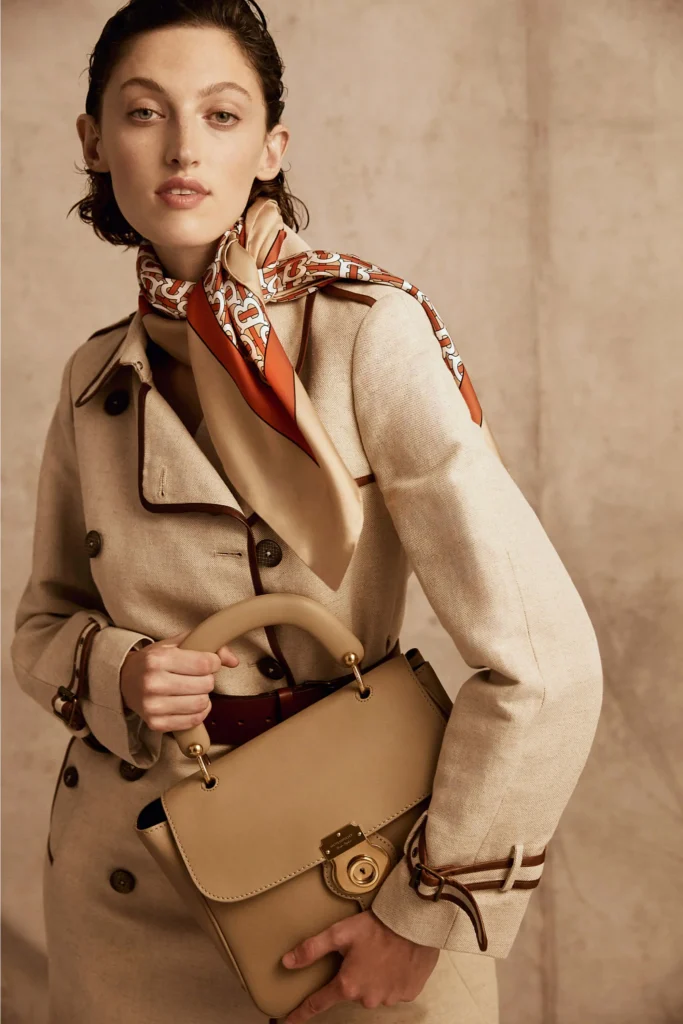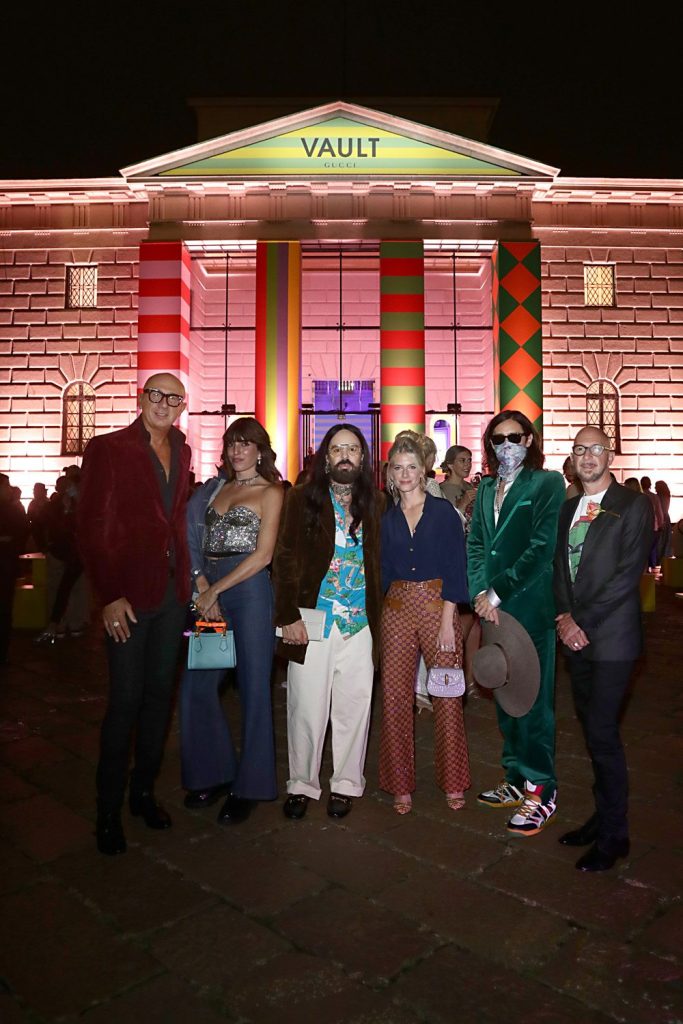The luxury fashion industry has been long known for its exclusivity and prestige, with high-end designers maintaining tight control over their products and distribution channels. However, recent years have seen a significant shift in the market, with more consumers seeking out sustainable, pre-owned options. Luxury brands are now taking control of the second-hand resale market, capitalizing on this trend and ensuring their products maintain their value and appeal. The secondary market for premium and luxury goods refers to the market where consumers buy and sell pre-owned designer items. The luxury secondhand market is growing four times faster than the primary luxury market, at 12% per year versus 3%. Luxury resale already represents a $24 billion market today.
This impressive growth in the market can be attributed to various factors. First, the Sustainability Movement has gained prominence as climate change and environmental concerns take center stage. Consumers, in an effort to minimize their carbon footprint, are increasingly buying pre-owned luxury items. This not only reduces the demand for new products but also extends the life cycle of existing garments, presenting a more sustainable option. Secondly, there is a growing desire for authenticity and uniqueness among consumers. Many individuals are actively seeking one-of-a-kind pieces that set them apart from the crowd. The second-hand market provides an avenue to acquire limited-edition or vintage items that are no longer available in regular retail channels, satisfying the craving for distinctive and authentic pieces. Lastly, the democratization of luxury is a significant factor in the market’s growth. The resale market has made luxury goods more accessible to a broader audience. This accessibility allows consumers who may not have the means to afford brand-new items to enjoy high-quality, designer pieces at a fraction of the cost.
The second-hand luxury market provides various benefits, as previously discussed. For instance, affordable access to luxury brands is facilitated by resale platforms, enabling consumers to acquire high-end designer items at a significantly reduced cost compared to the original retail price. This, in turn, increases the accessibility of luxury fashion to a broader audience. Additionally, investment opportunities exist within the second-hand luxury market. Certain luxury items, such as iconic handbags and limited-edition pieces, may maintain or appreciate value over time. This presents a wise investment option for fashion enthusiasts on a budget. According to a report by the Boston Consulting Group and Vestiaire Collective, the global resale market is expected to reach $64 billion by 2025, with the luxury segment growing twice as fast as the overall fashion industry. Luxury resale, buying, and selling pre-owned luxury goods is a booming business, fueled by digital platforms like The RealReal, Vestiaire Collective, Fashionphile, Chrono24, Watchfinder & Co., and more. The growing demand for affordable luxury has prompted several luxury brands to enter the resale market, a trend driven by various factors. One key motivator is brand protection and control, as these brands can uphold authority over the sale of their pre-owned items. This ensures accurate authentication and safeguards their brand image. Additionally, venturing into the resale market enables luxury brands to expand their reach and access a broader customer base. This strategic move allows them to connect with fashion enthusiasts who might not have been able to afford their products at full retail price. Moreover, luxury brands are increasingly recognizing the significance of sustainability initiatives in response to the fashion industry’s call for more environmentally friendly practices. Embracing the resale market aligns with these goals, showcasing the brand’s dedication to sustainability and a circular fashion economy. Engaging with the resale market also provides an opportunity for luxury brands to enhance customer loyalty. Customers who participate in the resale market are more likely to develop trust and loyalty towards the brand. This loyalty is valuable as it may lead to future purchases of new items from the brand. In essence, the integration of luxury brands into the resale market serves as a strategic and multifaceted approach, encompassing brand protection, market expansion, sustainability, and customer loyalty. Even celebrities are openly endorsing pre-owned luxury goods. The Kardashians-Jenners, for example, are making a move into the resale market, with the launch of Kardashian Kloset. The e-commerce site sells items like clothing, shoes, and handbags that once belonged to celebrity family members.
But how do luxury brands concretely enter the resale market?
Luxury brands can use different approaches to enter the second-hand market depending on how much they want to internalize the resale process and whether they decide to lead the process or delegate.
1) Partnering with resale platforms: before engaging in their second-hand channel, luxury brands can first see how consumers react to those practices by selling unsold merchandise on resale platforms or encouraging consumers to resale their pieces.
Stella McCartney and Burberry x TheRealReal
In 2017 and 2019, Stella McCartney and Burberry respectively started to promote the consignment of their pieces on the resale platform TheRealReal to promote sustainability and ethical consumption. However, they bet on different business models: financial reward and experiential reward. Thus, by consigning a Stella McCartney product, you will receive a $100 store credit. At the same time, Burberry will offer you an exclusive « personal styling appointment and British High Tea » in one of their stores.
2) Acquiring or investing in resale platforms: some luxury brands even take the process further by acquiring resale platforms.
Richemont x Watchfinder
In June 2018, the group Richment, owning Cartier, IWC Schaffhausen, and Piaget, acquired Whatchfinder, a UK resale platform.
3) Curating vintage pieces: looking for a higher level of control, brands can also choose to get back vintage pieces and lead the second-hand market of their brands.
« It is important to control the sale of secondhand watches to protect the owners and the value of watches already in the market by keeping the grey market in check »
-Edouard Meylan, H.Moser&Cie
Audemars Piquet for example decided to trade vintage pieces in exchange for new ones in some of its boutiques in Switzerland.
At Vacheron Constantin, heritage specialists restore vintage pieces before putting them back on the market or making them available only at very private events.
4) Launching a mono-brand resale platform: deciding to take control over their second-hand market, some luxury brands create their own resale services. This allows them to check authenticity and prices but also to open a new revenue stream.
« They can retain control of their brand and pricing structure, and they can use the additional insights gained online to stay ahead of a fast-changing game »
Guia Ricci – managing director of BCG
Gucci Preloved and Gucci Continuum platform
Thanks to a partnership with the resale platform Vestiaire Collective, a dedicated resale site for Gucci products was launched in
« So much of this is about educating our customers. Vintage is obviously at the top of the pyramid of resale – the items that are most sought after. Preloved is, if you will, the next layer down, where there is resale taking place that we want to give a curation to »
Robert Triefus – CEO of gucci Vault
On the other hand, the Gucci continuum platform was launched through Gucci Vault in order to emphasize special products made from Gucci deadstock materials by creative partners, the latest in date being Barbour. All those processes however require new investments from brands such as new logistics, trained staff to authenticate products and setting sustainable prices.

Watchfinder expands the pre-owned business – cc: @robbreport

Burberry’s partnership with TheReal Real – cc: @voguebusiness

Gucci Vault Night in Milan – cc:@numeromagazine
